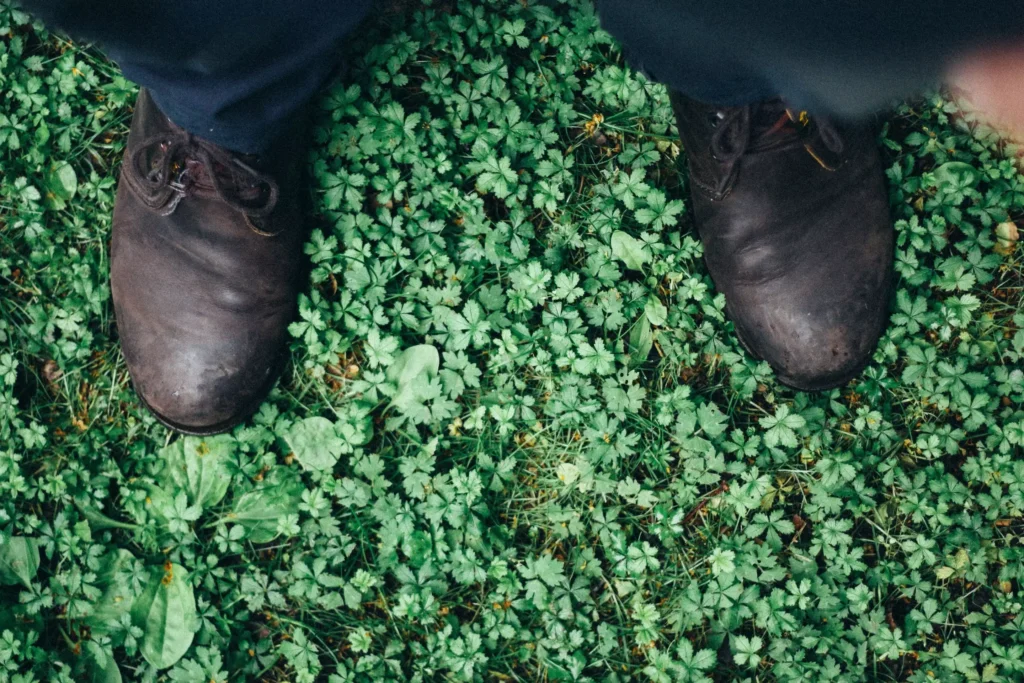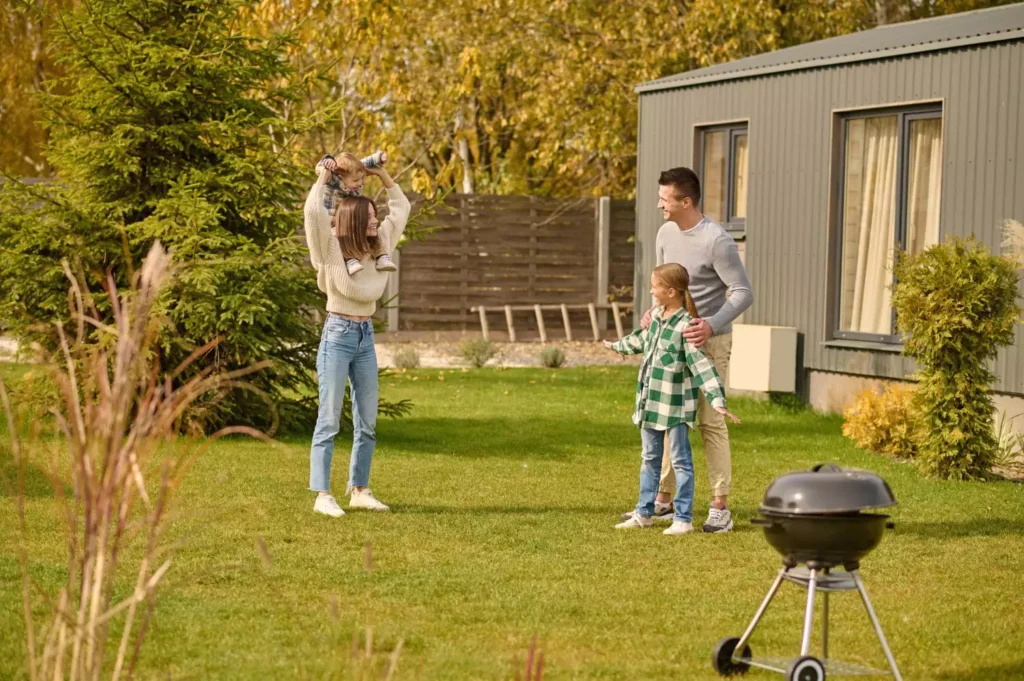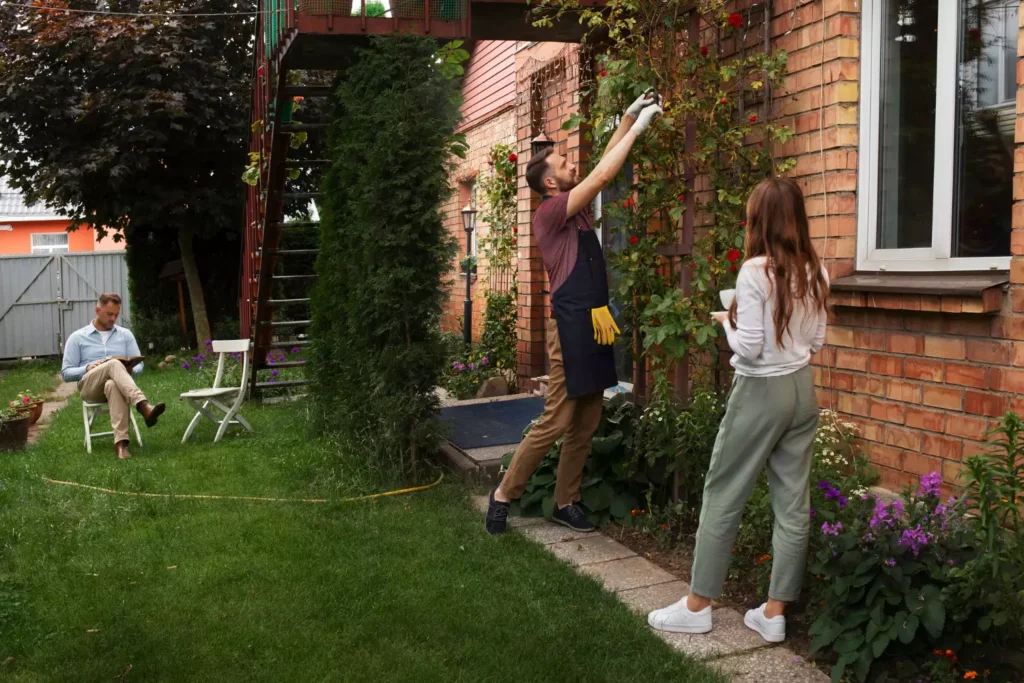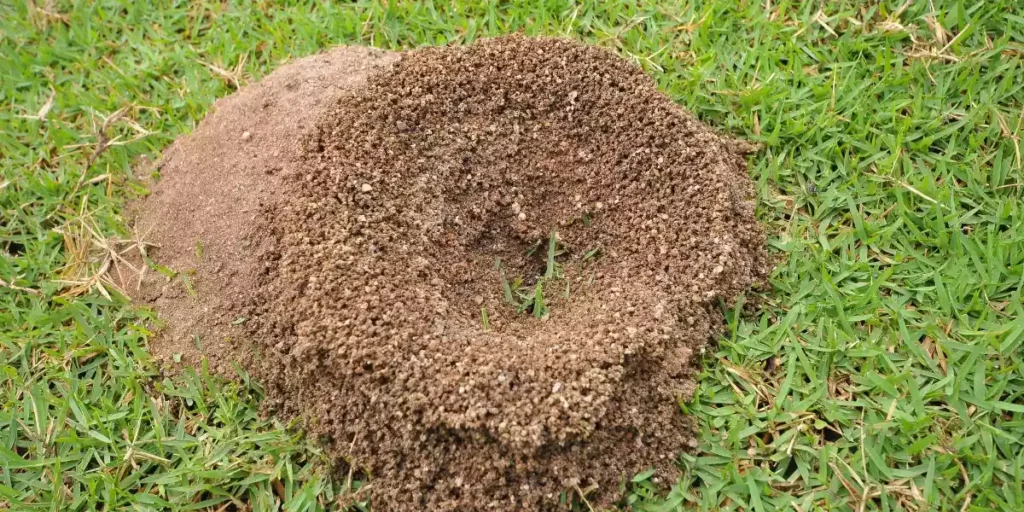Gardening is a popular hobby for many individuals, and the tools used to garden can be just as important as the plants themselves.
A garden trowel and a transplanter are two tools often seen in gardening, but they have distinct differences in terms of function and use.
This article will explore the distinct features of each tool, as well as their functions in relation to gardening tasks. From material composition to size, there are several distinctions between a garden trowel and a transplanter that should be considered when selecting gardening tools.
Understanding the differences between these two tools will help to ensure successful gardening outcomes.
Material Composition
Gardening tools come in many shapes and sizes, each designed for a specific purpose. But when it comes to choosing between a garden trowel and a transplanter, the differences are more than just aesthetic.
To begin with, the material composition of these two tools is vastly different – while garden trowels are usually made from metal or plastic, transplanters are typically constructed from wood or bamboo. This difference affects how the tool handles different soil types; garden trowels may be better suited for digging into hard-packed soils whereas transplanters can more easily penetrate softer soils.
Another notable distinction between these two tools lies in the shape of their blades. Garden trowels typically have a broad triangular blade with one pointed end and one curved end, which makes them suitable for digging as well as scooping out dirt or compost.
In contrast, transplanters have a narrow rectangular blade that is perfectly suited for prying up plants with minimal disturbance to their root systems. As such, they are ideal for dividing perennials or transplanting seedlings without damaging them in any way.
It’s also worth noting that both garden trowels and transplanters come in various sizes depending on the job at hand – larger ones for digging deeper holes or breaking up tough clods of soil and smaller ones that can fit into tight spaces and perform more delicate tasks like planting bulbs or annuals.
So regardless of your gardening needs, you’ll want to make sure you select the right tool for the job!
Size
Tool selection is an important factor when deciding between a garden trowel and a transplanter. Garden trowels are typically made of metal or plastic and come in a variety of sizes. The size is important to consider when choosing the right tool for the job.
In contrast, transplanters are generally larger than trowels and feature an L-shaped blade with two prongs at one end. These tools are used to carefully lift and move established plants without damaging their roots. Transplanters are usually constructed from metal or stainless steel, making them more durable than trowels and better suited for tougher soil types.
The shape of the blades also makes a difference when considering which tool to use for planting or transplanting purposes. Trowels have a flat blade that allows for precision digging, while transplanters feature an L-shaped design that helps hold onto soil as it is lifted up, making it easier to transfer plants from one location to another.
As such, transplanters can be beneficial for larger plants such as shrubs or trees, whereas trowels may be more suitable for small beds and raised planters.
When selecting the right tool for any gardening project, it is important to take into consideration the type of soil being worked with as well as the size of the task at hand. Garden trowels offer greater control and precision when dealing with soft soils, while transplanters can provide additional leverage in harder soils or when handling large transplants. Ultimately both tools can be useful additions in any gardener’s arsenal, depending on the specific needs of each project.
Function
The garden trowel and transplanter represent two sides of a coin. The trowel’s wide end gives it a shovel-like appearance, while the narrow blade of the transplanter is almost like a sword, ready to cut through even the most stubborn soil.
Each tool has its place in the garden and its own unique purpose.
The garden trowel is ideal for digging small holes in soft soil or for mixing compost into existing soil to add nutrients. It can also be used to move small amounts of dirt around during planting or maintenance. Its wide blade makes it perfect for scooping out larger amounts of soil when creating planting beds or making other large-scale changes to the landscape.
Conversely, the transplanter is designed specifically for transplanting plants and bulbs. Its narrow blade allows you to dig a precise hole at just the right depth and consistency for successful transplantation. It is also useful when dividing plants or moving them from one container to another. With its sharp edge, it can easily break up hard clay soils and make sure that new roots have plenty of room to grow and spread out.
Design
The design of a garden trowel and a transplanter are quite different. A garden trowel is typically designed with a rounded blade that is used for digging, weeding, and cultivating small areas in the garden. It has a handle that provides a secure grip while using the tool.
On the other hand, a transplanter is designed to provide larger planting holes which are needed when transplanting seedlings or larger plants. The primary differences between these two tools includes size, shape, and use.
The blade of a garden trowel is smaller and more pointed than that of a transplanter which makes it ideal for working in tight spaces and making shallow trenches in the soil. Additionally, the handle on a garden trowel is shorter than that of a transplanter allowing for easier control when working in tight spaces.
In contrast, the much larger blade of the transplanter allows for deeper planting holes as well as improved water retention and soil aeration when transplanting seedlings or larger plants into an established garden bed. When choosing between these two tools, one should consider their intended use: Are they looking to dig out weeds from small spaces or create large planting holes?
Gardeners can benefit from having both tools in their shed as each is designed for specific tasks that will help maintain their gardens and keep them healthy and thriving.
Ergonomics
Gardening tools, like the garden trowel and transplanter, can greatly vary in terms of their ergonomics. The grip comfort, weight balance, and handle length of each tool are all factors that should be considered when selecting between them.
The size and shape of the handles on garden trowels are generally designed to fit firmly in a hand to provide comfort during use. They will typically have longer handles than transplanters which can help with added reach when digging. The weight balance is also important for reducing fatigue during extended use and ensuring that the handle does not slip out of your grasp.
Transplanters usually have shorter handles than trowels with a flattened area at the end of the handle in order to provide grip support. They are usually lighter than trowels as well allowing for one handed operation if needed. Transplanters also often feature an angled blade head design which provides better leverage while digging or transplanting into harder soils.
It is important to select the right gardening tool based on the job at hand and your individual needs, taking into account grip comfort, weight balance, and handle length as key features to consider. With this knowledge you can make sure you pick the right tool for any job in your garden.
Versatility
Gardening tools are as varied and unique as the plants they help grow. Just as a painter has many brushes of different shapes and sizes, a gardener has an equally diverse collection of trowels and transplanters to choose from. Like pieces of a puzzle, each tool fills its own specialized role in tending to gardens.
A garden trowel is characterized by its size, shape, and strength. Similar to a small shovel made for digging into soil, it is the most basic garden tool. It is lightweight yet sturdy enough to handle tough jobs such as breaking up clods of dirt or mixing compost into soil. Its shorter length allows for maneuvering close to plants with ease while its pointed tip enables precision digging when planting seeds or bulbs.
In comparison, a transplanter makes transferring seedlings or established plants from one location to another an effortless task. It is designed with wide sides that act like scoopers so that more soil can be gathered around the root ball before being pulled out of the ground. The sharpened edges at its end allow for deeper penetration into the soil so that plants can be moved with greater accuracy and at different depths depending on their needs. Additionally, the price point varies depending on what material it is made of; however, they tend to last longer than trowels due to their durability.
Transplanters are versatile tools that offer great utility in gardening projects compared to trowels due to their special features:
- Wide sides scoop more soil around root balls for easy transfer
- Sharpened edges penetrate deeper into soil for greater accuracy
- Available in various materials at different price points for lasting use
No matter what kind of gardening project you have in mind, having the right tool for the job will make all the difference between success and failure. With knowledge about both trowels and transplanters now under your belt, you’re ready to get started making your garden dreams come true!
Durability
Garden trowels and transplanters are two tools that every gardener should add to their toolbox. Both are necessary for digging, planting, and transplanting plants and flowers. While these tools may look similar at first glance, there are some key differences between them that make them each uniquely suited for different tasks. Durability is an important factor when considering which of these tools to purchase.
Garden trowels are generally made from a robust metal material such as carbon steel or stainless steel. This gives them the strength to endure heavy-duty digging tasks while maintaining their structural integrity over time. Garden trowels must also be regularly cleaned in order to ensure they remain rust-free and in good condition.
Care instructions typically include washing with soap and water after each use, drying thoroughly, and occasionally applying a coat of oil on the blade to keep it rust-free.
Transplanters, on the other hand, come in a variety of materials such as wood or plastic which makes them lightweight but less durable than garden trowels. They are ideal for smaller gardening jobs such as planting flowers or vegetables in pots or raised beds, but may not stand up to tougher digging tasks like those done with a garden trowel.
Cleaning tips for transplanters include wiping down blades with soapy water after each use, and storing away from wet environments to prevent damage from moisture exposure.
When selecting the right tool for your gardening needs, consider the durability of both garden trowels and transplanters before making your decision. Be sure to follow care instructions for both types of tools in order to get the most out of them over time.
Conclusion
The garden trowel and the transplanter are two indispensable tools in any gardener’s collection. But it is important to understand the differences between them to ensure that you are using the right tool for the job.
The material composition, size, design, ergonomics, versatility and durability of these two tools vary greatly – making one more suitable for certain tasks than the other.
A garden trowel is an all-purpose tool that assists with a variety of gardening tasks including digging, weeding and edging beds.
On the other hand, a transplanter is specifically designed to move plants from one place to another with ease, accuracy and precision – something no other tool can do quite as effectively.
So while they both may look similar at first glance, their differences are extreme when it comes time to put them into action in your garden.




